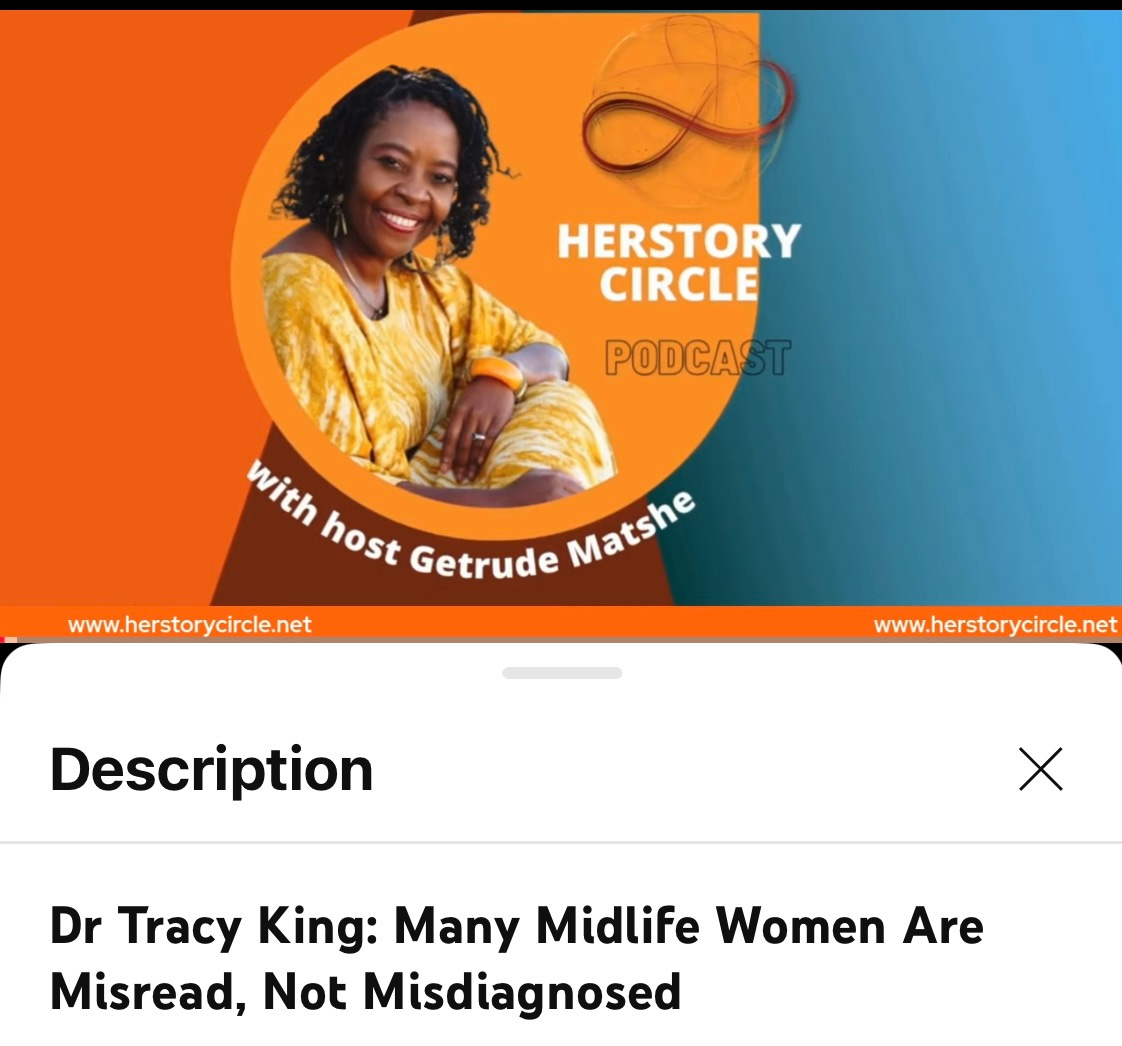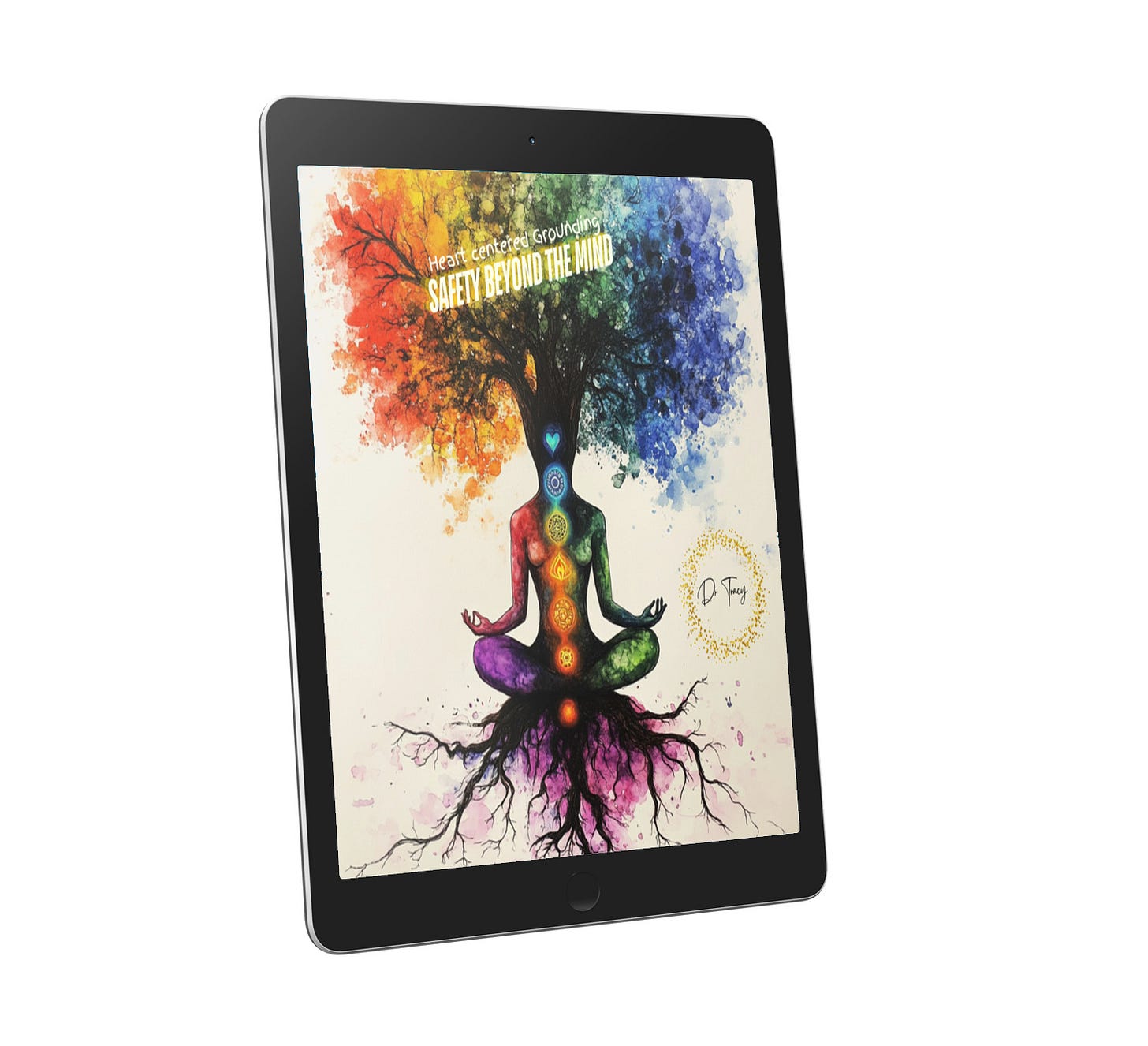What does ADHD really look like in women? It’s not always messy rooms and impulsive decisions. Sometimes, it looks like a woman who shows up on time, runs a business, parents like a pro, and then lies in bed at night silently spiralling. Sometimes it looks like hyper-productivity. Sometimes it looks like burnout.
In this article, I want to explore how and why women with ADHD are often misread, misdiagnosed, or missed entirely.
Masking, Misreading, and Misogyny
ADHD in women is one of the most misunderstood clinical presentations. Because the classic ADHD stereotypes, disruptive boys, hyperactive classrooms, forgotten homework, rarely match the lived experience of neurodivergent girls and women.
We’re often praised for being polite, helpful, and high-achieving. So we learn early: if you’re struggling, struggle quietly.
We internalise our symptoms. We turn executive dysfunction into over-functioning. We become people-pleasers, perfectionists, and emotional caretakers. The world sees resilience. What it misses is the chronic anxiety, shame, and dysregulation beneath the surface.
My Breaking Point
Before my own diagnosis, I had no idea that what I was dealing with even thought I assessed this in others. I broke my back in a horse-riding accident. I got up. Drove myself and my daughter home. Dissociated like a pro. I was so used to overriding my body’s signals, I didn’t even question the pain. I just kept going. Because that’s what women with ADHD do. Although I did set a boundary and did not remount the horse.
The injury forced me to stop and that stillness began to unravel everything. At the same time, I was navigating perimenopause, homeschooling my neurodivergent daughter, managing financial instability and multiple house moves, holding space for clients… and struggling inside.
That’s when the dots began to connect. ADHD wasn’t just a label, it was a lens. Suddenly, the years of sensory overload, emotional intensity, and shame spirals made sense. But it also left me wondering: Why didn’t anyone see this sooner? Why didn’t I?
Perimenopause and the Great Reveal
Many women receive an ADHD diagnosis in their 30s or 40s, not because the symptoms weren’t there before, but because perimenopause strips away the coping strategies - add in a lesser ability to move due to a broken back and bingo - we have exposure.
Estrogen modulates dopamine, which means that hormonal shifts during menopause can make ADHD symptoms worse. The brain fog, the emotional dysregulation, the collapse of executive function, it all becomes harder to mask. And often, this is the moment when women finally seek answers.
But even then, we’re misread. Told we’re hormonal, anxious, menopausal, depressed. Rarely does anyone ask if it could be ADHD. Especially if we’re still functioning. Especially if we’re still smiling.
Misdiagnosed and Dismissed
Instead of ADHD, many women are misdiagnosed with:
Generalised Anxiety Disorder - that’s what I had - when I didn’t feel anxious in a classic thinking way - more internally restless and on edge.
Depression
Borderline Personality Disorder
Bipolar Disorder
Chronic Fatigue or Fibromyalgia
While these may co-exist, ADHD is often the missing puzzle piece. And without that lens, treatment often focuses on managing the symptoms, not understanding the cause.
Women with ADHD often present as:
Emotionally intense but outwardly composed
High-performing but internally chaotic
Sensitive, reactive, and deeply empathetic
Prone to burnout, shame spirals, and relational ruptures
But none of that shows up clearly on a standard diagnostic checklist. Because those checklists weren’t written for us.
The Mask of Capability
ADHD in women often hides behind capability. We manage, cope, deliver. We pass exams while pumping breastmilk in toilet cubicles. We lead teams while forgetting personal appointments. We run households, care for others, and carry silent pain.
And when we finally name it, when we say “I think I have ADHD”- people doubt us. Because we’ve performed normal so convincingly.
But masking is not the absence of ADHD. It’s a trauma-informed response to a world that couldn’t hold our reality.
Why It Matters
Undiagnosed ADHD doesn’t just affect productivity it affects mental health, relationships, parenting, physical wellbeing, and identity. It leads to:
Misdiagnosis and ineffective treatment
Internalised shame and self-blame
Burnout and nervous system collapse
Unrecognised trauma responses
Recognition isn’t just a relief it’s a reclamation of identity.
When women finally receive an accurate diagnosis, they don’t just get answers. They get permission to stop performing. To build lives that match their nervous systems. To ask for support. To regulate instead of mask. To rest.
Women with ADHD don’t always look disorganised. We often look like we have it all together, until we don’t. Until the collapse. Until the diagnosis. Until the moment we finally meet ourselves with compassion.
Let’s stop misreading women as flaky, dramatic, or unstable. Let’s start asking different questions. Let’s start listening between the lines.
Because behind every “coping” woman might be someone barely hanging on.
And recognising ADHD in women isn’t about slapping on a label, it’s about seeing what was never seen before.
It’s about telling the truth.
And coming home to ourselves.
I was privileged to talk on the HerStory Podcast last week about this - have a listen below.
Paid subscribers can scroll down to the “Was It ADHD All Along?” Self-Reflection Tool for Women
If you don’t want a regular commitment but would like to contribute to me helping others then click below to buy me a coffee!
I recently spoke about the importance of learning to work with your nervous system, which includes grounding, on UK Health Radio - click the image below to listen.
If you feel you want to try some meditations to help you reconnect with your body which can really help when trying to set boundaries, as you can learn to feel when something does and does not serve you. Click the images below to find out about the specific focus of each. All my meditations use healing frequencies, subliminal messages and binaural beats to enhance recovery - if these terms feel meaningless click, the images to find out more.
For media enquiries please see my press page








